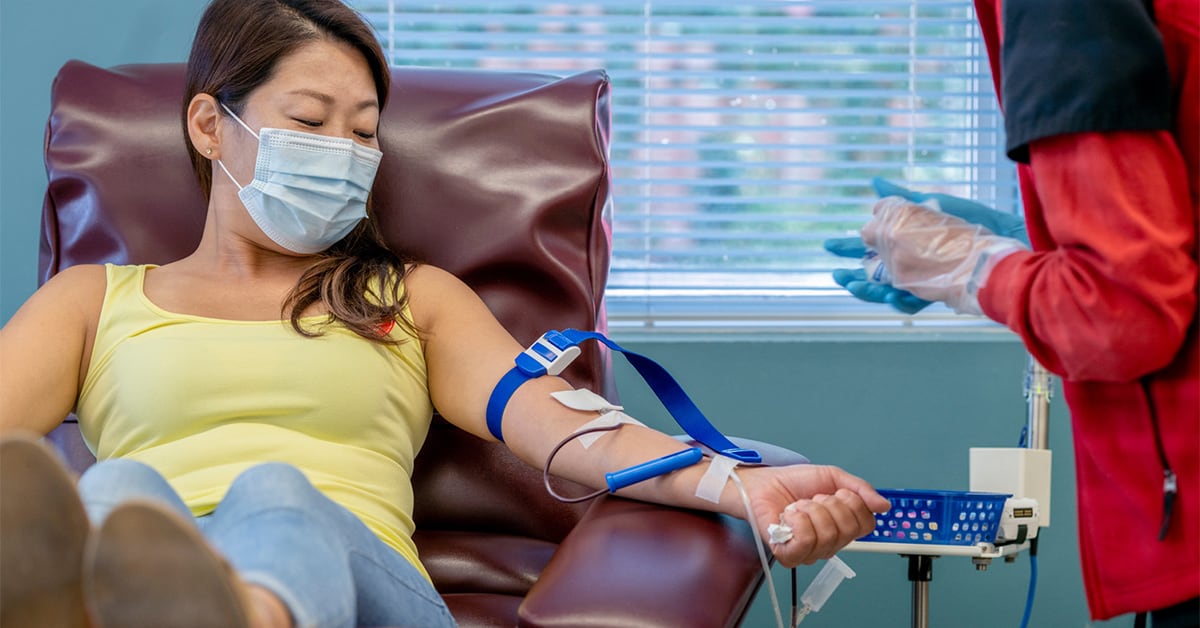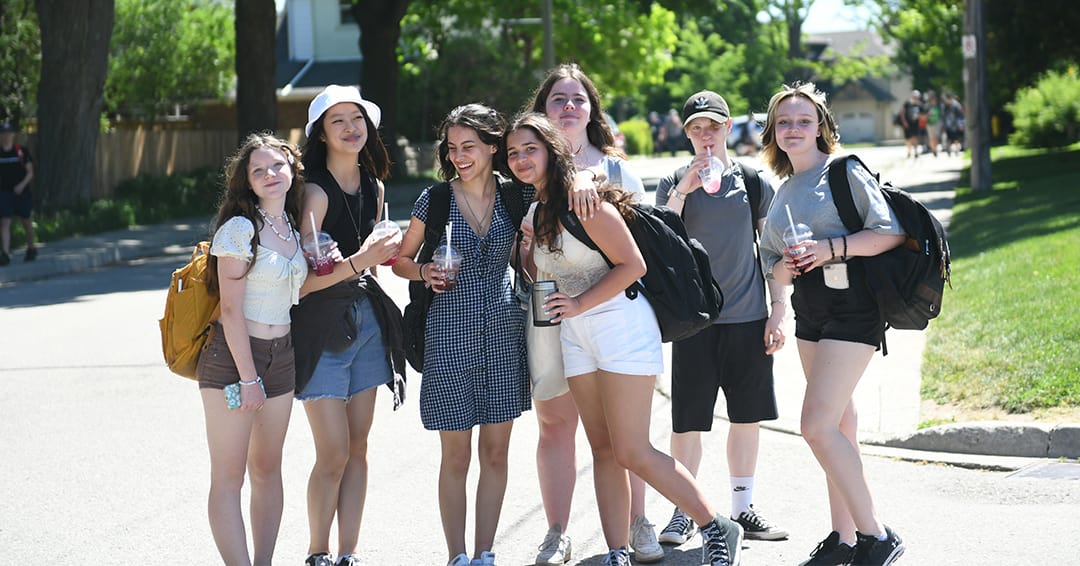The Canadian Blood Services is at its lowest blood donor levels in a decade. The pandemic presented a number of hidden repercussions and one of them was a severe drop in the blood donor base.
As of Tuesday, there were still 63 out of 100 appointments left to fill at the blood donor clinic at the Linwood Community Centre on July 1, for instance. There are still 43 out of 125 left to fill at the Elmira blood donor clinic at the Lions Hall on July 24.
The number of people who donate regularly across Canada is down by 31,000, says Gina Leyva, community manager for the organization.
Over the course of the pandemic people couldn’t go out, including to blood clinics. The organization saw a huge drop in appointments. Or people would book an appointment but cancel at the last minute or not show up at all. “This played a really big part into why we lost so many donors,” said Leyva.
Considerations that weren’t an issue pre-pandemic became hurdles during the COVID-19 crisis, she notes.
“Someone wakes up in the morning, the day of their donation, they have a tickle in their throat – they’re not leaving the house, obviously. So this really did impact us a lot.”
But even if the donor base went down during the pandemic, the need for blood did not, she said.
“There are people who are undergoing cancer treatment who need blood every week, multiple times a week. Car accidents, that doesn’t stop. So that’s why we really had to shine this light on the importance of donating blood, because we’ve lost so many donors. So the supply has decreased but the demand is absolutely still there.”
But even though donation clinics are opening up again, the organization is not seeing its donor base increase to where it was before. Leyva said she believes blood donation is just not top of mind while people get to go back out and live life again.
Another issue is that many of the organization’s new donors come out of clinics held at secondary and postsecondary schools.
“As soon as the pandemic hit, all of those stopped. So we ceased every single one of those clinics. Obviously the students were going virtual, so no one was there.”
As well, many of the mobile clinics had to be shut down, she added.
A blood donation is divided into four products: platelets, plasma, red blood cells and white blood cells. The white blood cells are discarded, but the platelets, plasma and red blood cells can be used for three different patients.
Leyva says that after a donation clinic, drivers pick up the blood and take it to a Brampton facility where it gets tested. Then usually it’s taken to the hospital for use the next day. The time between a blood donation and when a patient uses one of the products from that donation is typically four days.
“A car accident victim could require up to 50 units of blood,” said Leyva. “That’s 50 people donating blood to save one person.”
“When you donate blood, it takes one hour, but you are the direct connection to saving someone’s life.”









